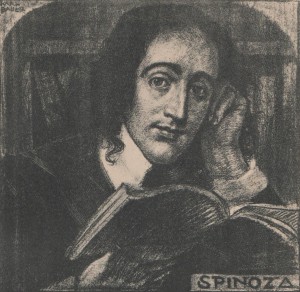 To Daniel MacGhie Cory
To Daniel MacGhie Cory
Hotel Bristol
Rome. January 25, 1937
In saying Taine, you show great perception. … I came upon his books on Art in Greece, Art in the Renaissance, and afterwards, what is really splendid, his Ancien Régime. If you join that with Balzac, for the Restauration, you get precisely the method and the ideal of description and understanding that loomed before me when I wrote The Life of Reason. To see the thoughts and institutions of men in their natural historical and psychological background. To realize that man is an imaginative animal, that his ideas are biological products, that his genius and happiness are momentary harmonies reached between his organism and the world. I still think that is right, and shouldn’t call the presupposition of the Life of Reason superficial: but the style is, often, verbose and academic, satisfied with stock concepts “Experience”, “ideals”, etc. and I move too much on the plane of reported opinions or imagined feelings, without the actual documents sufficiently in mind. Of course, I was more ignorant and my thoughts less thoroughly digested than they are now. Your preference for my later books shows that you like red meat. When you say Spinoza, however, besides being too flattering, the comparison is not biographically so true. My Sponizism is in the Life of Reason, less obviously, perhaps, yet more dominantly, than in Realms of Being. These, as you know, are not at all like Spinoza’s attributes. They are not aspects or forms of the same reality, absolutely parallel and coextensive. My realms are layers: more as in Plotinus; and my moral or “spiritual” philosophy is again less Spinozistic than in the humanistic period. Spinoza’s moral sentiments were plebeian, Dutch, and Jewish: perfectly happy in his corner, polishing his lenses, and saying, Great is Allah. No art, no high politics, no sympathy with greatness, no understanding of courage or of despair.
From The Letters of George Santayana: Book Six, 1937-1940. Cambridge, MA: The MIT Press, 2004.
Location of manuscript: Butler Library, Columbia University, New York NY
